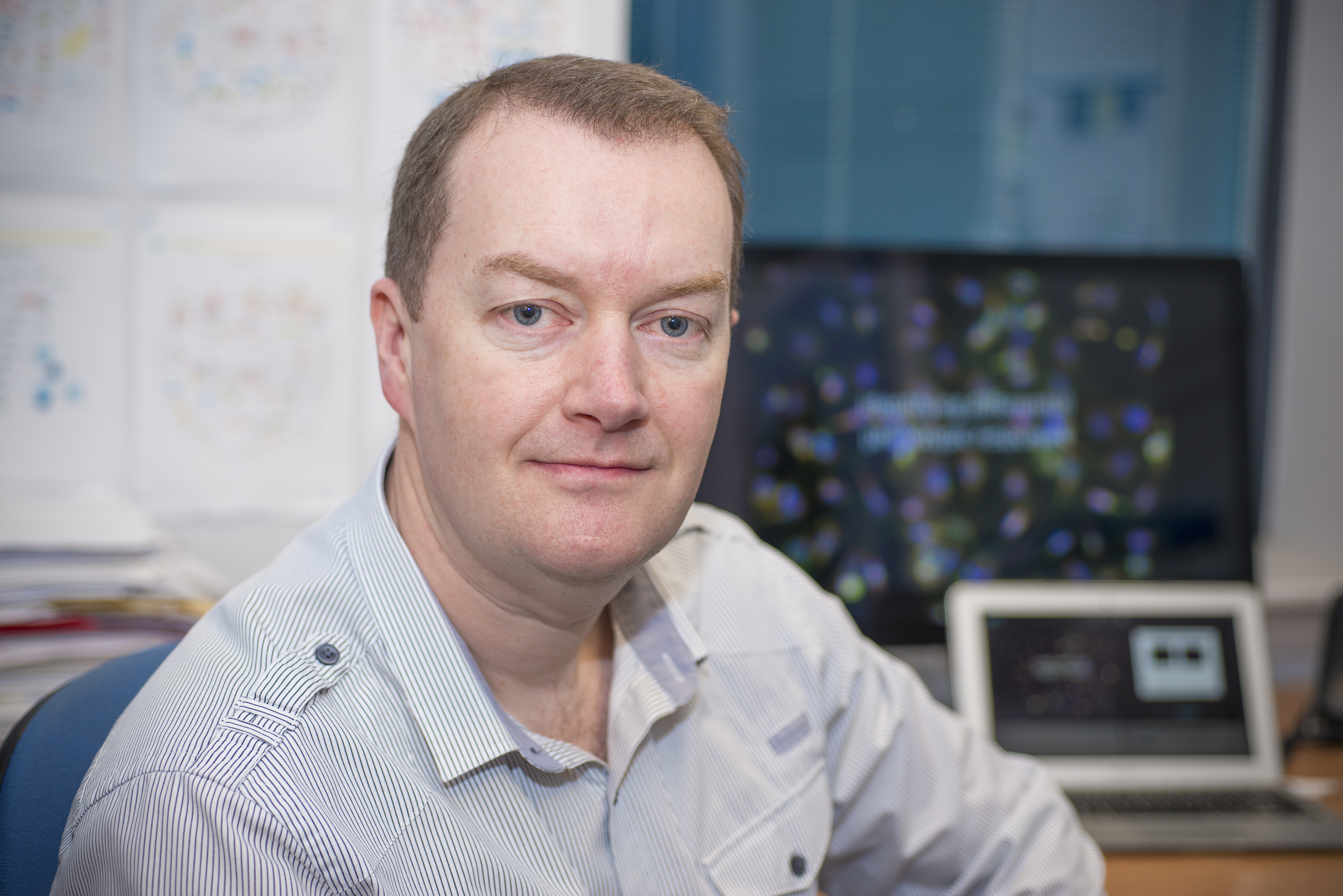Brain models to expedite preclinical to clinical translation in neuro-oncology
Brain models to expedite preclinical to clinical translation in neuro-oncology
Theme: Methods and technology development
Sunday 23rd April, 10:20 – 12:00
Session convened by the British Neuro-oncology Society.
A fundamental requirement for brain cancer laboratory research tools is to faithfully recapitulate how brain tumours manifest and progress clinically. This is achieved through a plethora of ‘models' which must incorporate neurobiological knowledge of the normal brain environment which harbours, and is complicit, in the survival and growth of brain tumours. Through development and characterisation of such models, a greater understanding of brain tumour mechanistic biology and next-generation drug screening may be achieved in a preclinical setting, to help expedite clinical translation of novel therapeutics. In this session, we will learn how a neurosurgical clinical perspective can inform scientific studies which aim to develop clinically relevant patient derived preclinical models which harness knowledge of the healthy human brain to advance understanding of underlying brain tumour biology. Our speakers will demonstrate how normal brain developmental pathways can be manipulated using transgenic technology applied in utero, to generate childhood brain tumour models arising de novo, and how advanced imaging methods first developed for neurobiological disorders, are now being applied to study brain tumour progression and response to therapy in animal models, and how these models can be used for drug screening to develop novel treatments.
Victoria Wykes, University of Birmingham, UK: Development of patient-derived pre-clinical models of brain tumours (co-chair)
Manav Pathania, University of Cambridge, UK: A Compendium of Syngeneic, Transplantable Paediatric High-Grade Glioma Models Reveals Subtype-Specific Therapeutic Vulnerabilities
Harish Poptani, University of Liverpool, UK: Neuro-imaging and spectroscopic methods in preclinical models of brain tumours
 Neil Carragher, University of Edinburgh, UK: High content phenotypic profiling across patient derived glioblastoma stem cell models
Neil Carragher, University of Edinburgh, UK: High content phenotypic profiling across patient derived glioblastoma stem cell models
Biography: Neil Carragher graduated from the University of Aberdeen, Scotland in 1992 with a BSc Honours degree in the subject of “Cell and Immunobiology”. He then took up a position within industry at the Yamanouchi Research Institute, Oxford, England where he also gained his PhD. He then held consecutive postdoctoral positions within the Department of Pathology, University of Washington, Seattle, USA and at the Beatson Institute for Cancer Research, Glasgow, Scotland. In 2004 Neil returned to the pharmaceutical industry as Principal Scientist with the Advanced Science and Technology Laboratory at AstraZeneca where he pioneered early multiparametric high-content phenotypic screening approaches. In 2010 he once again made the career switch from industry to academia and took up the post of Principal Investigator at the University of Edinburgh where he leads a research group. Neil is currently Professor of Drug discovery, Director of Translation at the University of Edinburgh and Associate Director of the Cancer Research UK Scotland Centre. His primary research interests include advancing cell based assay technologies and high-content analysis, phenotypic screening, Reverse Phase Protein Array (RPPA) technology and drug mechanism-of-action studies. Neil is a founding member of the European Cell Based Assay Interest group https://www.eucai.org a member of the Board of directors and 2022 President of the Society of Biomolecular Imaging and Informatics https://sbi2.org/. He is also co-founder of the spin out company: PhenoTherapeutics Ltd https://www.phenotherapeutics.com/ an early stage drug discovery company.
Talk Abstract: In this talk I will describe the application of the latest advances in high content imaging to profile drug mechanism-of-action across complex 2D and 3D in vitro models of glioblastoma (GBM). I will present examples of how combining the latest advances in automated high throughput microscopy with multiparametric high content image analysis and emerging Artificial Intelligence/Machine Learning solutions are innovating the drug discovery process across complex diseases of unmet need. I will provide a case study exemplifying how we are using these new approaches to elucidate novel drug mechanism-of-action and drug combination strategies tailored towards tackling the heterogeneity of GBM.
